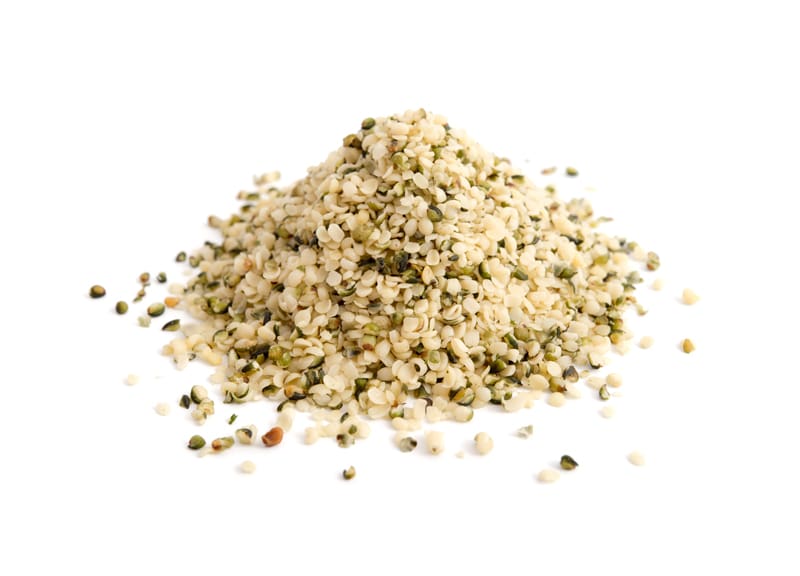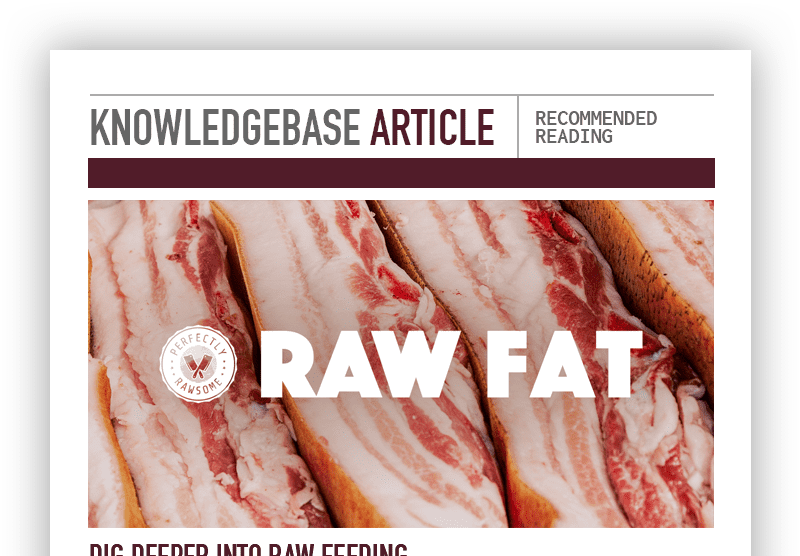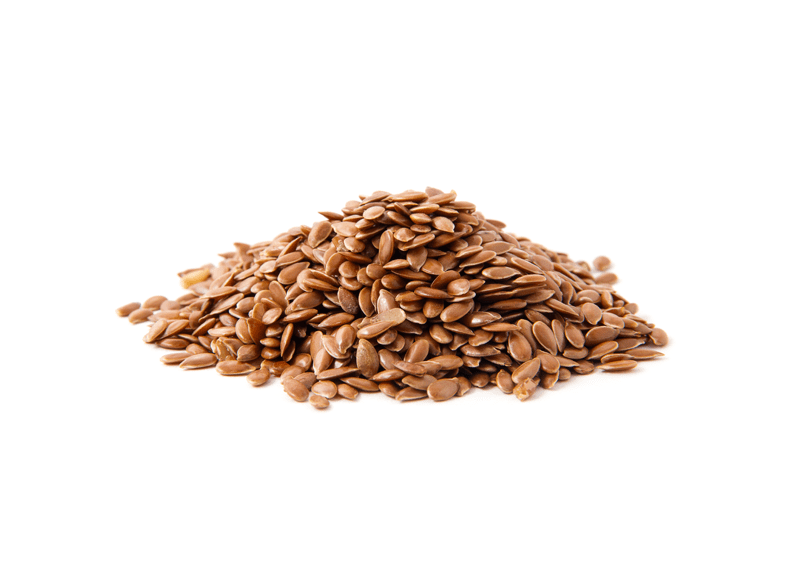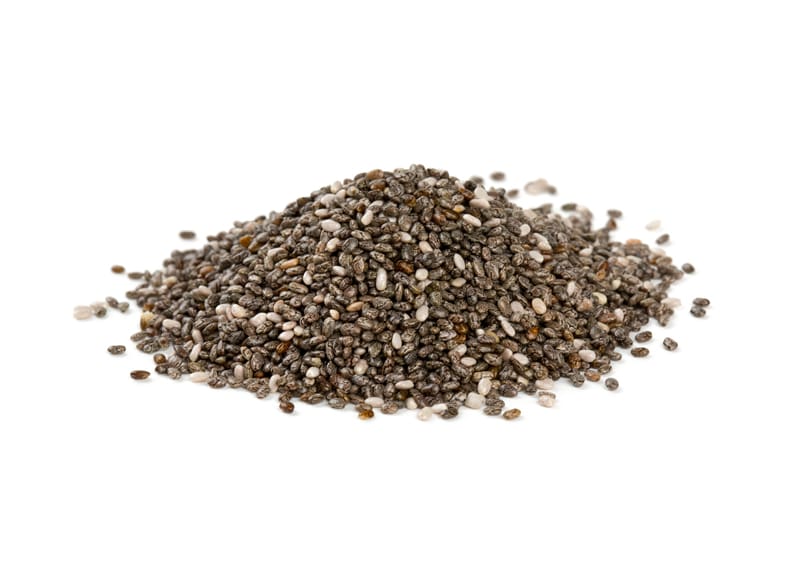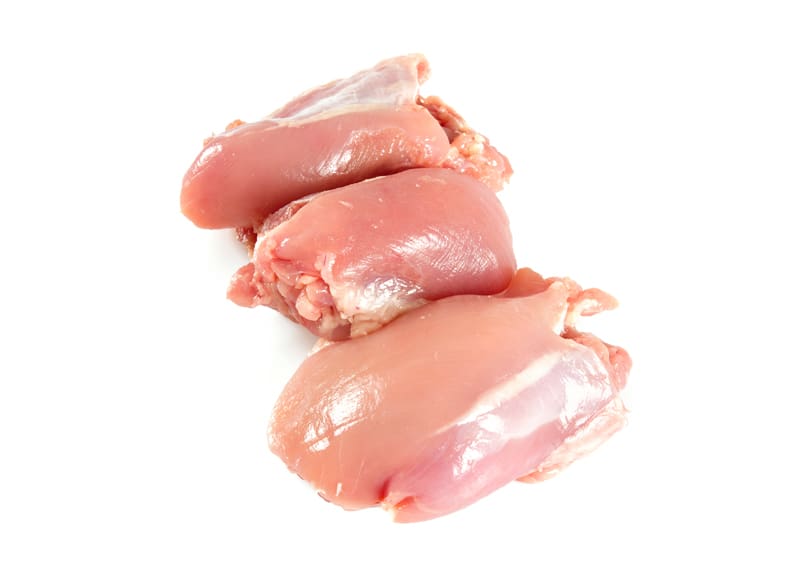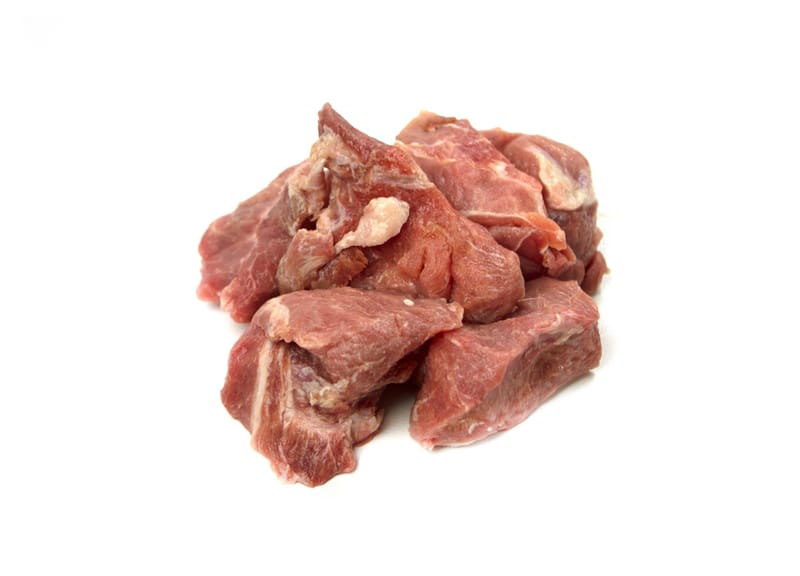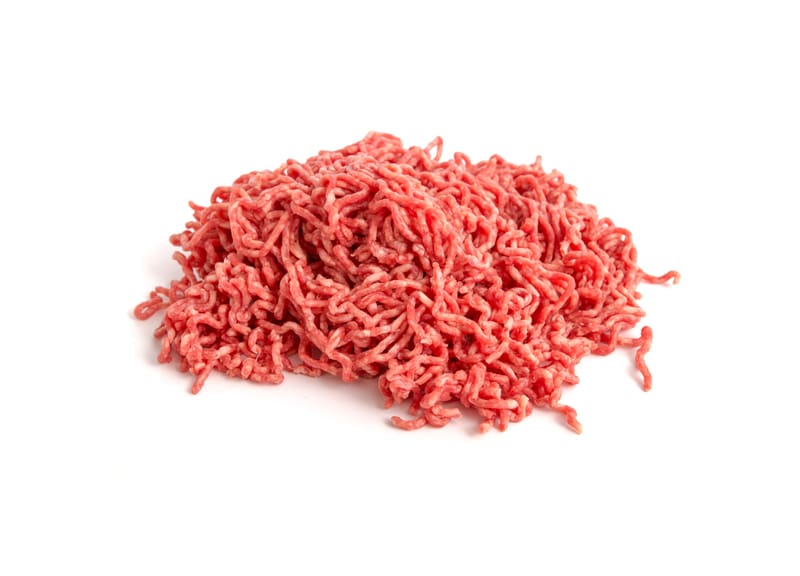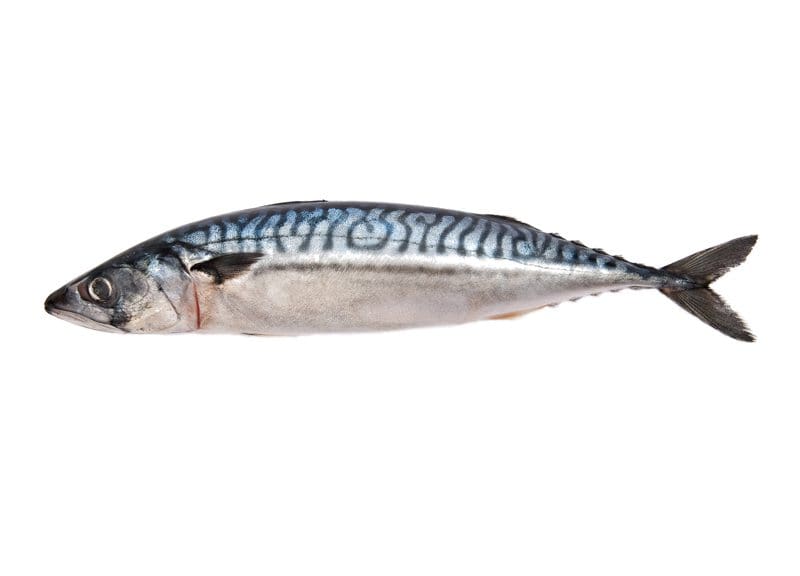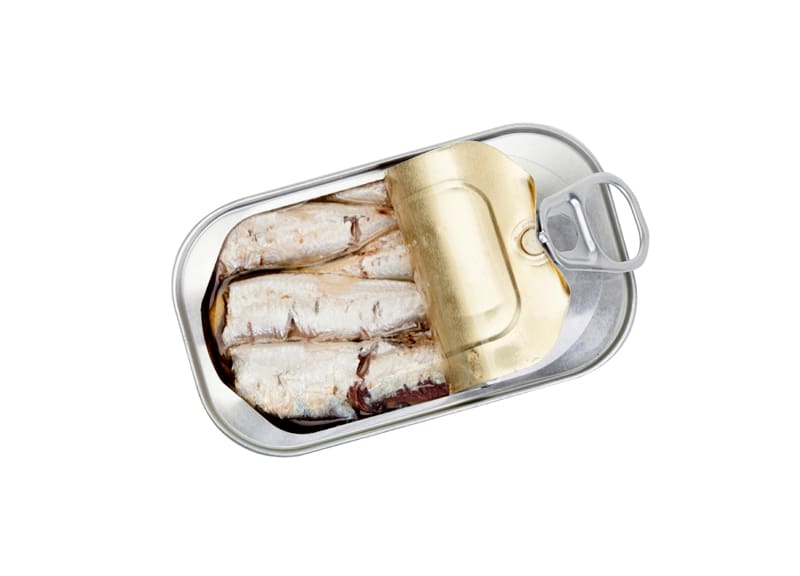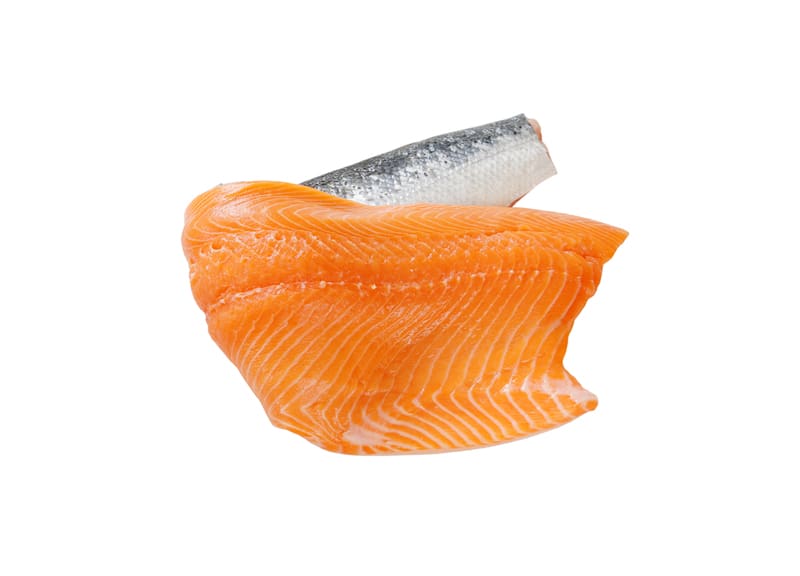Fat is one of the three main macronutrients within nutrition. It serves a primary role in nutrient absorption, transportation, and supplies the body with a source of energy to perform its physiological functions. Fats further break down into essential fatty acids (EFAs) necessary for optimal health. These EFAs include LA, ALA, AA, EPA, and DHA.
Contrary to common belief, fat is not harmful when fed in the appropriate amounts for the individual animal’s need. Fat and fatty acids cannot be synthesized by the body and therefore these nutrients must be supplied by diet in adequate amounts for optimal health.
Fat Requirements
The fat macronutrient allowance is used to encompass all essential fatty acid requirements in addition to fulfilling the needs for nutrient absorption, transportation, and supplying the body with energy. The National Research Council (NRC) for dogs and cats provides recommended and maximum amounts for fat per 1000 kcal:
Adult Dogs
13.8g recommended allowance
82.5g maximum allowance
Puppies
21.3g recommended allowance
330g maximum allowance
Adult Cats
22.5g recommended allowance
82.5g maximum allowance
Kittens
22.5g recommended allowance
82.5g maximum allowance
Fats contain fatty acids which all have individual roles. These fatty acids also have recommended guidelines when creating a complete and balanced diet and can be met when the right ingredients are selected. Essential fatty acids include:
Linoleic Acid (LA)
Alpha-Linolenic Acid (ALA)
Arachidonic Acid (AA)
Eicosapentaenoic & Docosahexaenoic Acid (EPA/DHA)

Linoleic Acid (LA)
Linoleic acid (LA) is an omega-6 essential fatty acid that plays a physiological role in maintaining the water permeability barrier of the skin. Additionally, LA fatty acid is used to synthesize the EFA arachidonic acid.
In nutritional analysis, the fatty acid names are often listed in a shorthand notation – LA can be identified by “18:2 (n-6)” or “18:2 cis-9,12” in analysis and literature. The National Research Council (NRC) for dogs and cats provides recommended and maximum amounts for linoleic acid (LA) per 1000 kcal:
Adult Dogs
2.8g recommended allowance
16.3g maximum allowance
Puppies
3.3g recommended allowance
65g maximum allowance
Adult Cats
1.4g recommended allowance
13.8g maximum allowance
Kittens
1.4g recommended allowance
13.8g maximum allowance
Linoleic acid (LA) is a fatty acid found in many nuts, seeds, oils, and animal fats. The primary source of LA fatty acids in a raw diet will be found in animal foods, particularly the raw fat versus the muscle tissue itself.
LA fatty acid is often abundant in raw diets that include poultry and pork ingredients with the fat and skin attached. Diets high in red meat with little amounts of poultry may be low in LA fatty acids because red meat proteins are often low in LA fatty acids. Alternative ingredients will need to be considered for pets with allergies/intolerances to poultry and pork products.
Raw Fat in Raw Diets
Learn how to select the appropriate ingredients to crate a raw diet that supplies sufficient amounts of raw fat.
Alpha-Linolenic Acid (ALA)
Alpha-Linolenic Acid (ALA) is an omega-3 essential fatty acid but it does not appear to have direct functions when feeding dogs and cats. However, there is evidence to suggest that it may contribute to a healthy water barrier. Additionally, ALA fatty acid is a precursor for Eicosapentaenoic and Docosahexaenoic acid (EPA/DHA); however ALA should not be relied upon for EPA/DHA since the conversion rate in dogs and cats is poor.
Adult Dogs
0.11g recommended allowance
Puppies
0.2g recommended allowance
Adult Cats
No established minimum or recommended allowance
Kittens
0.05g recommended allowance
α-Linolenic Acid (ALA) is primarily found in seeds but can be found in some animal foods. Pasture raised meats will provide a higher ALA fatty acid profile in comparison to commercially farmed meats. However, the highest concentrations are found in seeds.
ALA fatty acid is often used to balance out the fats within the diet. It is recommended to feed chia and flax seeds in meals high in poultry and pork fat. Whereas it is recommended to feed hemp seeds in meals high in red meat fat. Pairing the right seed type with the appropriate type of animal fat in the diet helps promote LA and ALA fatty acid balance. The ratios of LA to ALA is between 2.6:1 and 26:1 which are optimal for skin and coat health.
Arachidonic Acid (AA)
Arachidonic acid (AA) is an omega-6 essential fatty acid and it is primarily required for developing puppies, adult cats, and kittens. Cats require efficient levels of AA in the diet due to the lack of an enzyme necessary to convert LA to AA (an ability adult dogs have). This fatty acid is used as a starting material in the synthesis of two kinds of essential substances, prostaglandins and leukotrienes, both of which are also unsaturated carboxylic acids.
Adult Dogs
No established minimum or recommended allowance
Puppies
0.08g recommended allowance
Adult Cats
0.015g recommended allowance
0.5g maximum allowance
Kittens
0.05g recommended allowance
Arachidonic Acid (AA) is primarily found in animal-based foods and is generally abundant in raw diets without the need for careful calculations. This fatty acid is prominent in eggs, poultry, fish, and beef.
Eicosapentaenoic + Docosahexaenoic Acid (EPA/DHA)
Eicosapentaenoic and docosahexaenoic acid (EPA/DHA) are omega-3 essential fatty acids and have established recommended allowances due to the poor conversion rate of ALA to EPA and DHA.
Adult Dogs
0.11g recommended allowance
2.8g maximum allowance
Puppies
0.13g recommended allowance
11g maximum allowance
Adult Cats
0.025g recommended allowance
Kittens
0.025g recommended allowance
Eicosapentaenoic and docosahexaenoic acid (EPA/DHA) are often recommended in combined amounts and are highly concentrated in marine foods like fatty fish. Nutritional analysis provides the breakdown of EPA and DHA in foods which can then be added together to determine the total amount of fatty acids.
EPA and DHA can easily be met in raw diets by feeding marine based foods in addition to pasture raised meat and eggs. Marine sources are highly concentrated in EPA and DHA, therefore a small amount goes a long way.
CLOSING COMMENTS
Fat’s primary role is to supply the body with energy in addition to absorbing and transporting nutrients throughout the body. Therefore it is important to ensure a raw diet supplies sufficient amounts of fat for energy as well as essential fatty acids for optimal health. These nutrients can easily be met when feeding raw animal ingredients, fish, and seeds.
Supplying sufficient levels of fat in a raw diet is quite simple if the appropriate ingredients are selected. Always ensure there is a source of fat in the diet which will supply calories for energy as well as help supply essential fatty acids.




